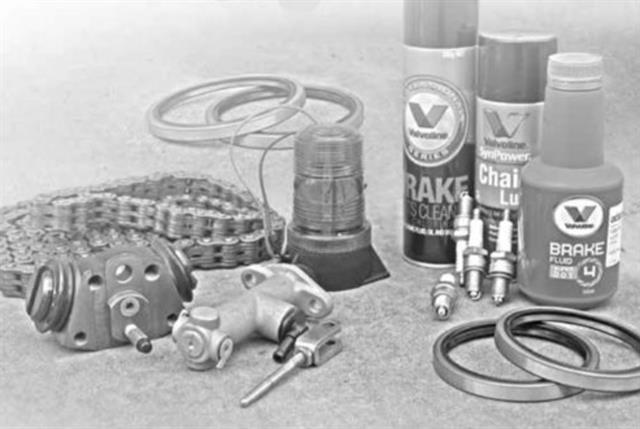 Paul Hinz |
Paul Hinz is marketing coordinator of Adaptalift, an Australian family-owned provider of forklifts, elevated work platforms, cleaning equipment, fleet management and telemetry systems.
During times of high demand, such as the current Covid-19 pandemic, it is imperative a company's materials handling fleet is functioning at optimal levels to meet demand, according to
Paul Hinz.
Unexpected downtime due to breakdowns can have a negative impact on operations.
I'd like to run through some common forklift parts that can be kept on hand for routine maintenance to keep your materials handling equipment (MHE) optimally functioning during unexpected busy periods.
BrakesA forklift's brakes could be considered the most important part to regularly check and maintain. They are constantly working to decelerate and stop your forklift after every movement, often at speed whilst the unit is carrying large amounts of additional weight in cargo.
Whether your unit has brake pads, drum brakes or other braking system such as oil-cooled, your brakes will need to be replaced.
It is imperative to regularly check and replace worn-out brakes at the first sign of wear to ensure the forklift can be stopped safely and in a timely manner. Failure to maintain brakes properly increase the likelihood of injury, fatality, and product or capital equipment damage occurring.
Mast ChainsMast chains are used to extend a forklift's mast and carriage. With every movement -extensions and retractions of a mast or shifting of the carriage - they are put under incredible strain.
As they're responsible for the lifting of heavy loads and managing the weight at extended heights, like brakes, mast chains need to be checked on a regular basis and replaced at the first sign of wear or damage.
Failure to properly maintain and replace damaged mast chains can lead to severe injuries, fatalities, and product or equipment damage should a chain fail whilst lifting a heavy load.
 It's good to keep often-used parts handy |
TynesA forklift's tynes are critical to its ability to function, and as they are lifting heavy loads often on a continual basis, they are regularly affected by wear and tear.
Tynes can also become damaged through misaligned lifting and placing of loads.
Damaged tynes significantly increase the risk of dropping loads, which contributes to a higher risk of injury, fatality or damage.
Knowing how to properly inspect tynes for damage is imperative and they should be immediately replaced at the first signs of wear and tear or damage.
TyresWell-maintained tyres contribute significantly to operator comfort and safety across long shifts of moving loads.
Depending on the type of tyres, some are more prone to chunking, ripping and tearing due to overuse.
Damaged tyres can increase the likelihood of injuries and damage to products when they are lifted and transported.
Maintaining a forklift's tyres to optimal levels can also contribute to better fuel efficiency.
FiltersOil and air filters assist in the protection of a forklift's engine from expensive and preventable damage such as oil contaminants and overheating.
Regularly replacing filters as per manufacturer's routine maintenance guidelines is imperative to prolonging the operating life of a forklift.
Dirty or clogged filters can be a sign of an operating area with poor air quality or cleanliness that needs improving for better health and safety.
Hydraulic suppliess
A forklift's hydraulic system moves the chains that lift loads. Any issues with the cleanliness of hydraulic fluids and lines, leaks and damage to gaskets can lead to stuttering lifts and other performance issues.
Keeping spare replacement lines, fluid and line cleaner are key to maintaining a forklift's hydraulic systems in optimal working order.